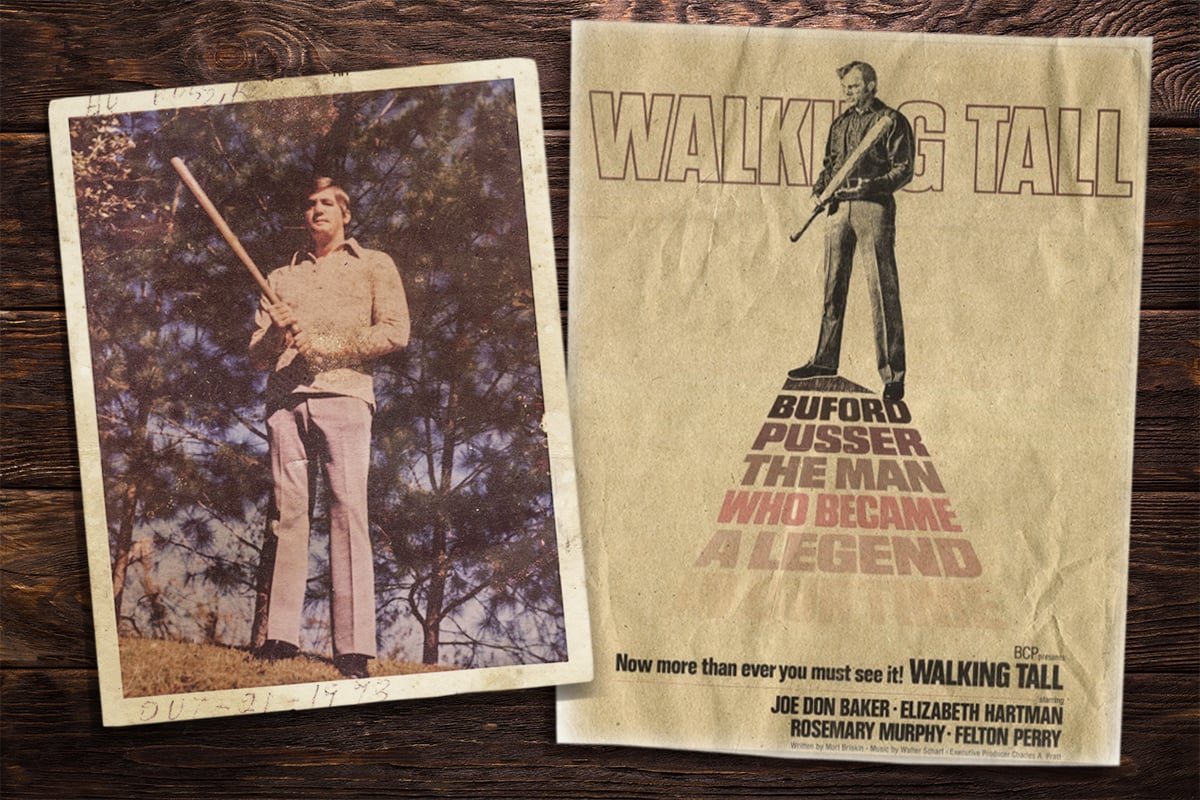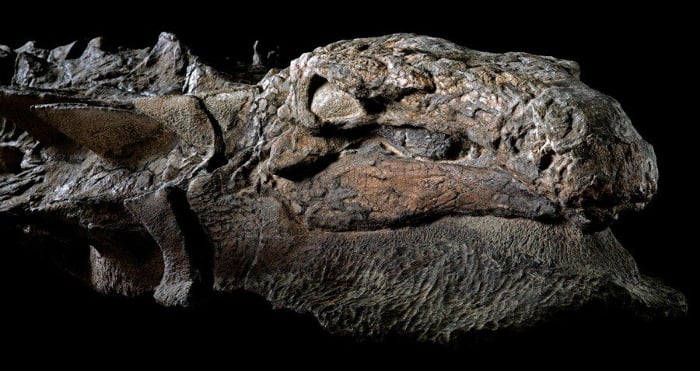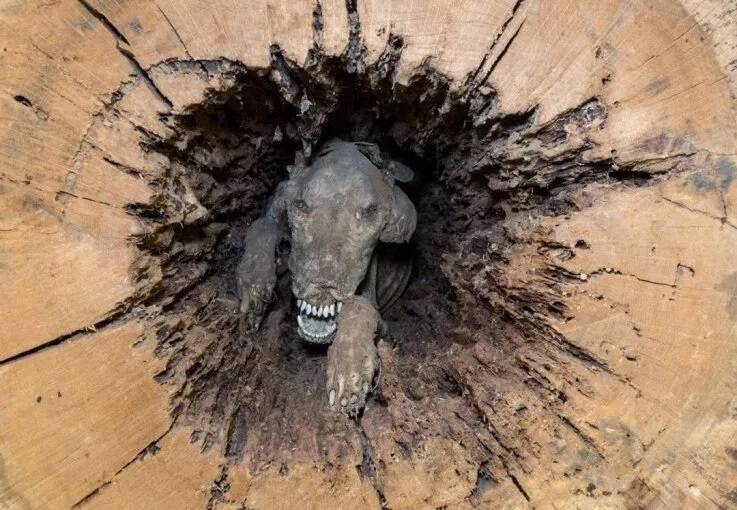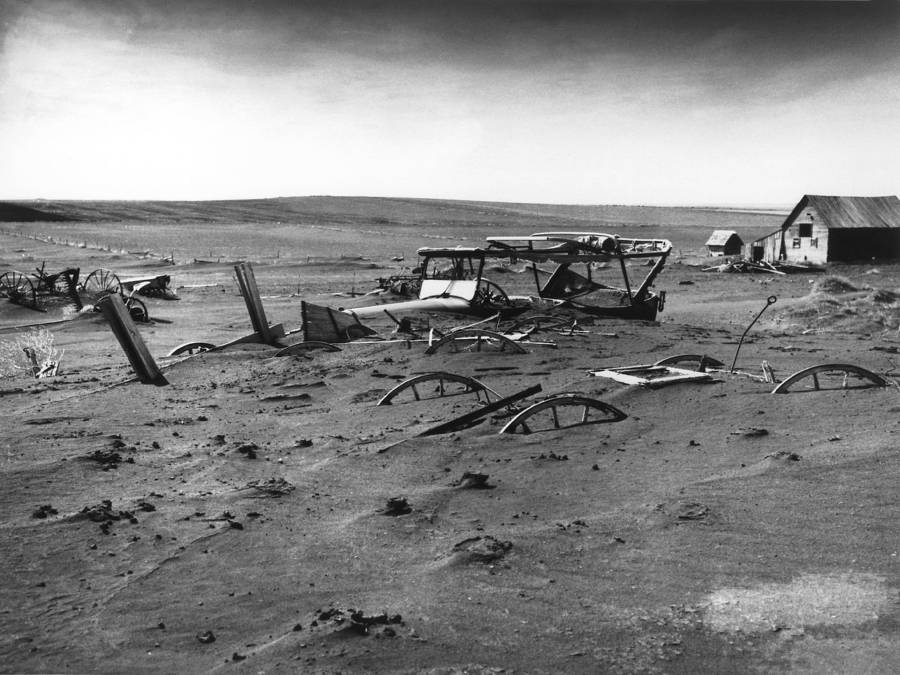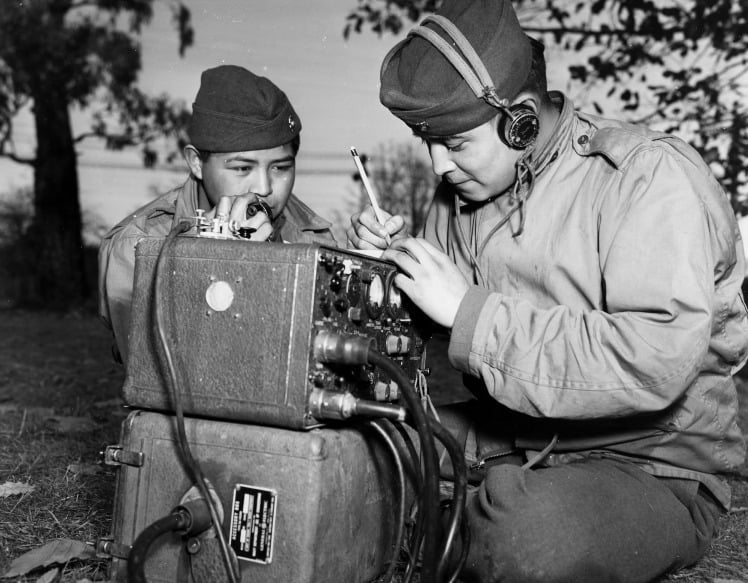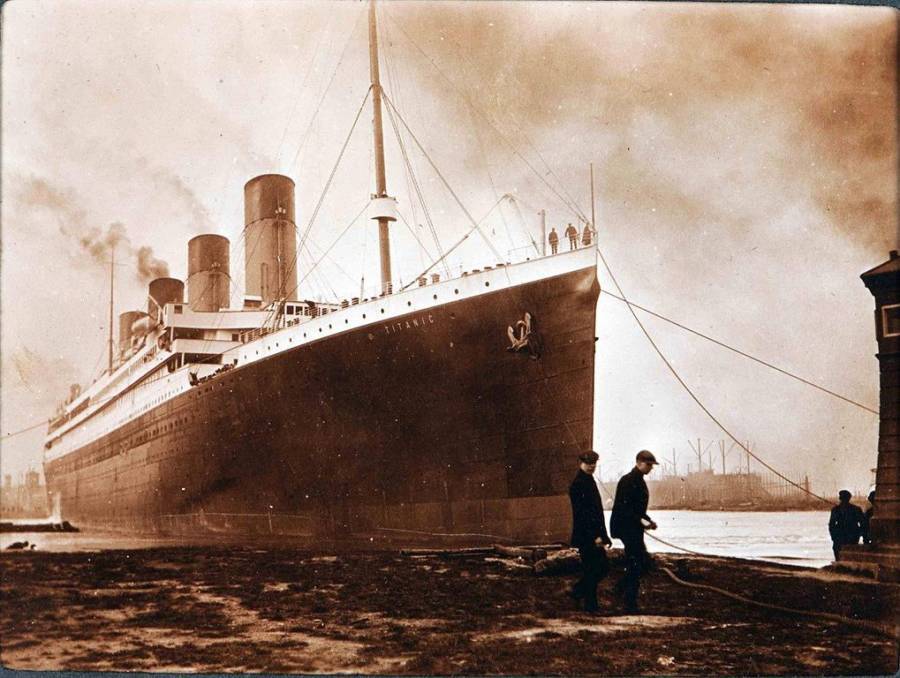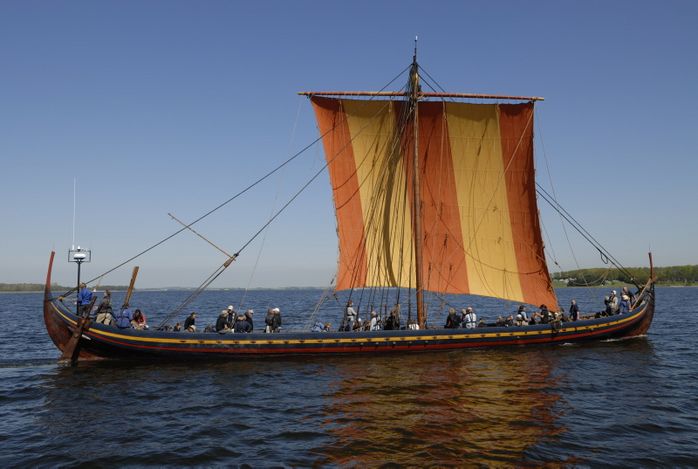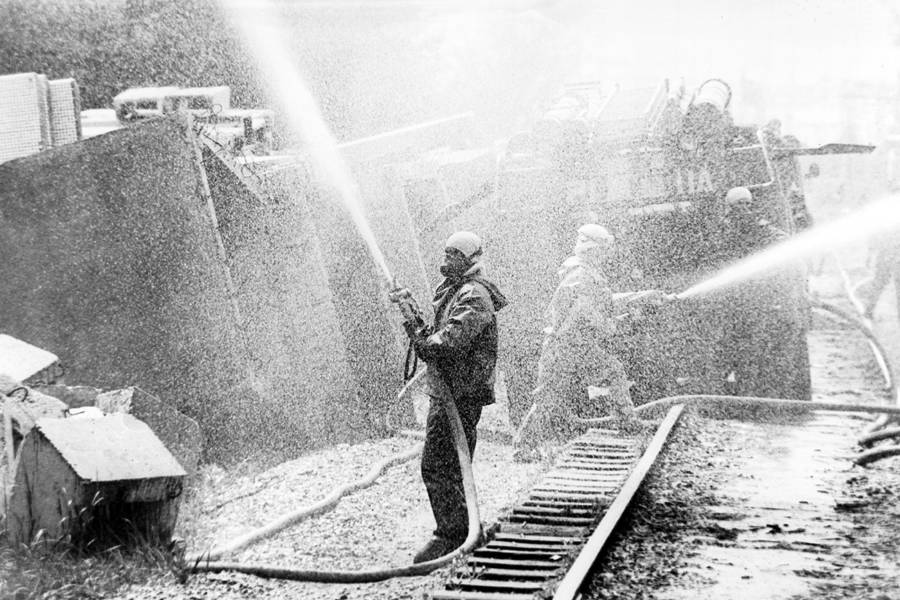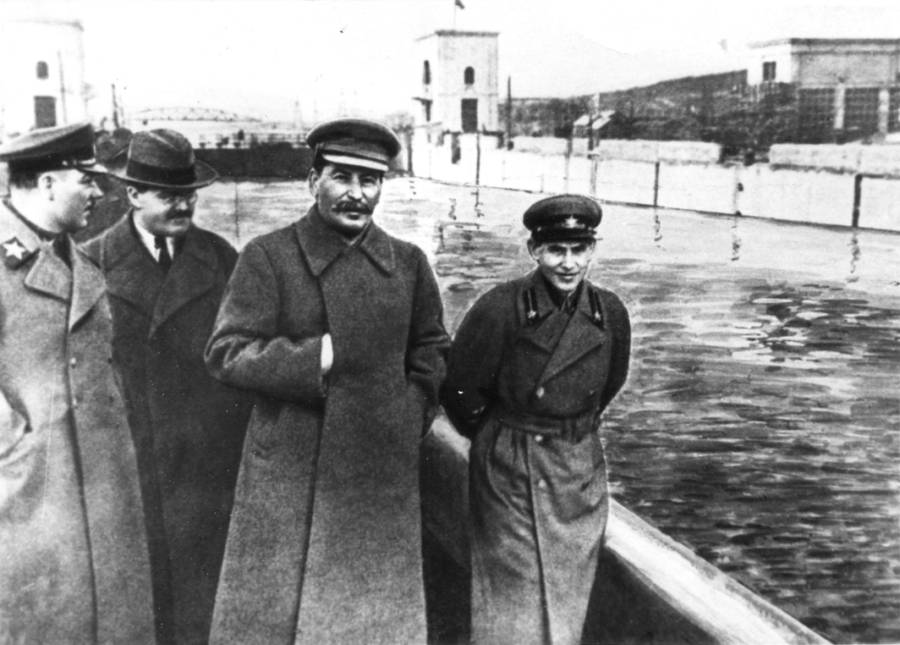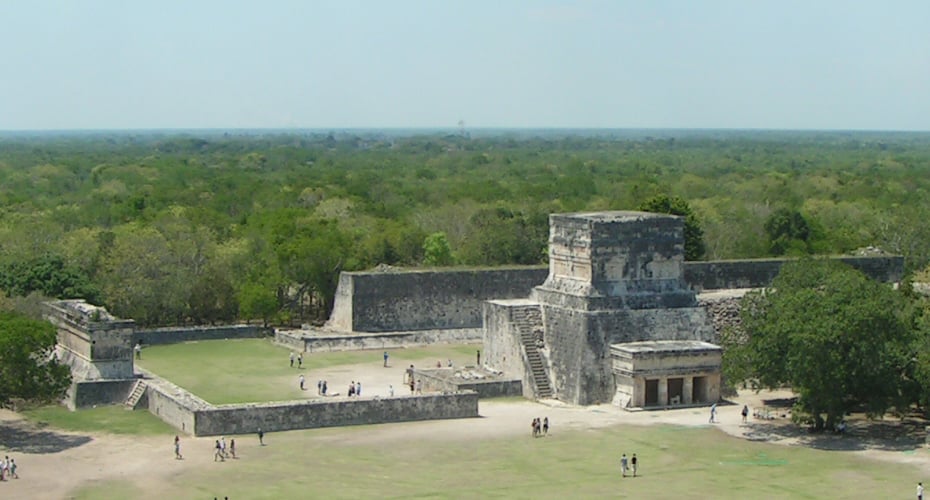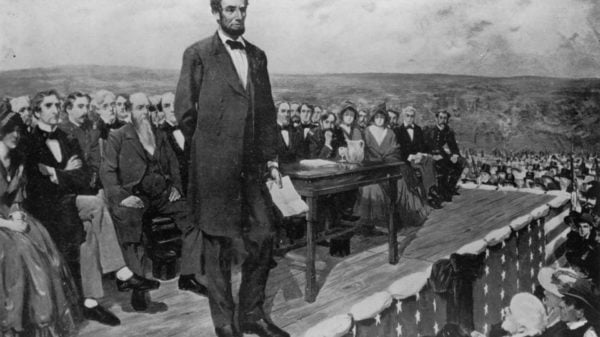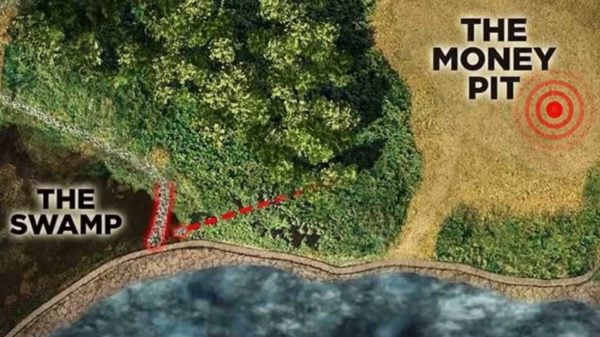A team of researchers from the National Institute of Anthropology and History (INAH) in Mexico has recently discovered landmarks in the Guerrero State, indicating that football has been with us for longer than we thought.
The researchers in this study stumbled upon the remains of a game pitch, and the unearthed features are very similar to our modern football pitch. With the combined effort of the archaeologists and historians on the team, they concluded that the historic game pitch is about 1300 years old.
The said study area is located in the Costa Grande region of Guerrero, and the game pitch was discovered on a 79 acres stretch of land within a municipality called Tecpan de Galeana.
Apparently, the team got news that locals in the area had discovered small mounds on their land, and the researchers were not sure about what they would find. However, the three-day expedition paved the way for an unprecedented discovery— an ancient game pitch and a long-forgotten town.
The archaeologists were sure that the pitch markings are not coincidental or caused by a natural land formation. The ruins of residential structures around the pitches made them certain that these were manmade facilities. Also, the surface exploration of the area revealed the common markings of an ancient commune.
True to reports, the researchers discovered a total of 26 mounds. The mounds were constructed intentionally, as 25 of the small ones were arranged in a circle, while a bigger one—about 74 meters high—made up the central piece. Besides the mounds and game pitches, the team also found archaeological proofs of water cisterns, residential buildings, and gravestones.
But how were the researchers able to determine that the historic site is 1300 years old? It was all thanks to ceramic artifacts. After carbon-dating the historic ceramic items they found, the archaeologists could tell that the town under study was inhabited between the Classic and Postclassic periods (A.D. 200 – 1521).
Also, historians on the team found statements relating to this region and town in a 16th-century manuscript called Matrícula de Tributos. It contained records of the towns and ancient tribes of Mexico before it was conquered by the Spaniards.
Based on this, there are very strong indications that this town in question was called Apancalecan. It was one of the historical settlements that existed in that area over a thousands years ago. So, it became easy for the researchers to link Apancalecan to the discovered ruins.
Similar to the United States, which used to be the territorial land of Red Indians, the Guerrero region of Mexico was largely occupied by the Aztec Empire. So, Apancalecan was surely one of the many towns of the Aztec Empire, and the game pitches were most likely Mesoamerica ballgames.
According to history, these ballgames had ritualistic undertones, and ruins of similar ball pitches have been discovered in other ancient sites of Mexico previously occupied by Aztecs.










